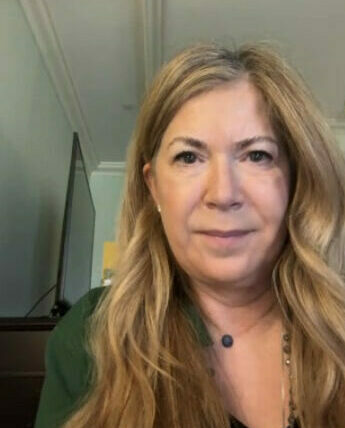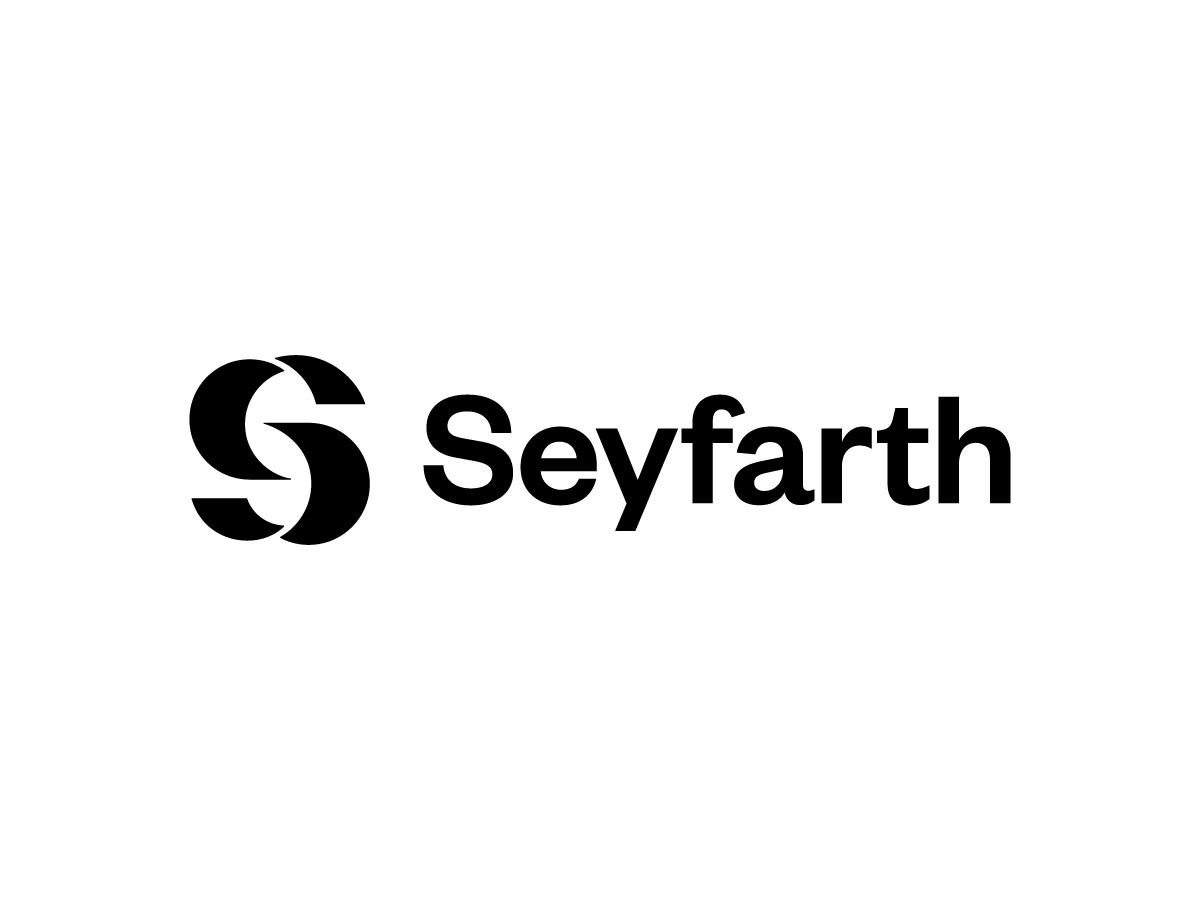Vidal Tells IP Press USPTO Has Been Listening and Learning in Year One—But Now It’s Time for Action
“Could we do more? Absolutely. I think overall [the PTAB] can be shaped in a way that serves its original purpose.”
Director Kathi Vidal joined Wednesday’s virtual press conference while on the road.
U.S. Patent and Trademark Office (USPTO) Director Kathi Vidal held a virtual conversation with the intellectual property (IP) press on Wednesday to coincide with a one-year anniversary Director’s blog post published today. “If last year was about listening…this is really the year where we’re trying to bring that to impact,” said Vidal.
Vidal said the work she did in her first year in office was about providing clarity and sometimes learning from “unintended consequences,” but this year is going to be about implementation based on the feedback they’ve been provided via the various requests for comments, listening sessions and other initiatives the Office has undertaken. “We now have more knowledge to shape real policy,” Vidal said.
Today’s blog post boasts nearly 100 external stakeholder meetings, internal small group listening sessions with over 1,500 USPTO employees, 130+ fireside chats and 5,000 comments received in response to Requests for Comment (RFCs).
Graphic taken from USPTO Director’s Blog
Criticism of RFCs
Despite the many accomplishments detailed in her blog post, not everyone has been impressed with the efforts undertaken by Vidal. The RFC on Robust and Reliable patents, for example, has been met with criticism by IP luminaries such as former USPTO Director David Kappos. Kappos said in February that the Council for Innovation Promotion (C4IP), for which he serves on the Board of Directors, is “troubled by the leading nature of the questions overall,” and that many of the questions posed are suggestive of failed past attempts to make changes in areas such as claims and continuations practice. “The PTO needs to be judicious in its request and the questions and comments it makes or the effect could be destabilizing on the patent system and on the willingness of applicants to use it,” Kappos told IPWatchdog in February.
Vidal said yesterday that she never considers anything “final” and will be taking comments from the public indefinitely on all of the RFCs and proposed rulemakings the Office is working on. One participant on the call asked her about the Patent Trial and Appeal Board (PTAB) “error correction panel” she has floated as a possibility for replacing the Precedential Opinion Panel (POP). Vidal said she may have misspoken when she used the term “error correction,” as that assumes an error has been made, but that she is still considering the option, and guidance to that end is likely to be among the first to be issued in the earlier part of her second year in office. The panel would step in, for example, when there is intervening case law that changes practice, said Vidal. “Where it’s not something I don’t need to weigh in on [through Director Review], I need to have a panel to delegate to,” she added.
On the PTAB: We Could Do Better
Since she has been particularly active in issuing Director Review decisions over the last year, IPWatchdog asked Vidal if she thinks the PTAB is working as it was intended—an alternative to litigation, rather than an additional burden on top of parallel district court suits—and what she has learned so far through the Director Review process. She addressed the statistic that 80% of PTAB proceedings involve parallel litigation, urging that figure should be viewed in the context that “only a subset of patents asserted in Federal Court are challenged at the PTAB”—between 20% and 25%, she said. However, “if we thought [the PTAB] was working exactly as intended and there’s nothing to change, we would not have spent as much time as we have soliciting feedback, hearing from stakeholders, issuing guidance and thinking about policy that’s going to make it work better,” Vidal added.
Vidal defended the PTAB judges, though, explaining that they “hold themselves to the highest integrity” and are simply “applying past guidance and case law as they see it.” She also acknowledged the value of her predecessor, Andrei Iancu’s, patent eligibility guidance, saying that the Office will be using it as a model for upcoming changes on obviousness and written description. She explained:
“Could we do a better job? I think we can in a lot of places; sometimes it’s going to be more surgical, sometimes it’s going to be something that’s going to be a little bit of a bigger move. Yes, I think we could do better…. We’re also working on guidance related to [Sections] 103 and 112, on issues where we want to make sure there’s the same certainty across the examining corps and the PTAB. We know the [Section] 101 guidance had that effect. It worked extremely well, so I’ve got teams working on both 112 and 103 – not on every aspect of it but on areas that are a little bit thornier…. Could we do more? Absolutely. I think overall it can be shaped in a way that serves its original purpose.”
Vidal also said she is working on ways to refine the PTAB process so that practices the Office doesn’t necessarily consider abusive but indicate gaming of the system are curbed. “As with anything we see in the Office, people are going to find ways to use it to their benefit,” Vidal said. “We want to make sure that we are shaping the system so that doesn’t happen [and] so the use of every procedure in the USPTO really benefits the country as a whole [and] supports innovation, including from those who are trying to enter in the market.”
Listening and Learning
In her blog post today, Vidal makes much of the time she has spent listening to IP stakeholders thus far. In January, the Office held an all-day listening session in conjunction with the Food and Drug Administration (FDA) to allow industry and advocacy representatives a chance to speak about the ways patents impact access to affordable medicines, among other topics. In response to a follow-up question there wasn’t time for Vidal to answer directly during the press conference yesterday, the Office addressed criticism about the way that listening session was conducted, as several sources told IPWatchdog that they weren’t aware it was possible to participate virtually; thus, many who might have otherwise applied to speak did not. A notice sent out in December of last year indicated that those who wished to speak at the listening session had to attend in person, but on the day of the event, several panelists did weigh in remotely.
A USPTO spokesperson acknowledged the mistake in an email response sent to IPWatchdog:
- “Yes, we did grant several speakers special accommodations to appear virtually and we did not clearly communicate that was an option in our Federal Register Notice;
- We’re sorry that there were some speakers who weren’t able to join because of our mistake and we hope they still were able to submit written comments during the open period which lasted for several more months;
- We have improved our process for listening sessions and now make it clear that speakers may both be in-person or virtual.”
Priorities for Year Two
Vidal also said the Office is continuing to work on proposing rules governing PTAB practice on discretionary denial of inter partes reviews (IPR) petitions, which she provided guidance on in June of 2022. As part of the memo issued then, Vidal indicated the Office would be exploring options and approaches via an Advanced Notice of Proposed Rulemaking on the topic.
In addition to the new PTAB “error correction panel,” discretionary denial practice, ways to expand the IP bar, and the recent RFC on AI and inventorship are all topics on which the Office will be making announcements in the coming weeks and months.
In response to a question from Professor Dennis Crouch of Patently O, Vidal also tackled criticism that the Office is making it more difficult for patent and trademark applicants from China to obtain rights and applying greater scrutiny to counsel representing Chinese clients. Vidal’s blog post notes that the Office implemented identity verification for all trademark filers “to protect our system from scammers” and that “150 orders terminating over 600 invalid applications and sanctioning 70 registrations for violations of our trademark rules of practice and website terms of service” were issued. But she told Crouch that, while “it’s not a secret that we’re at economic warfare with China, I’d separate that from the work the USPTO is doing.” She said the Office is simply identifying threats based on fraudulent activity and it isn’t always China. She also noted that the USPTO is working with the Chinese IP Office to make progress.
The year in review blog also touts Vidal’s many programs to improve inclusivity and diversity, detailing efforts over the past year to bring under-represented and under-resourced groups into the innovation ecosystem and to expand the USPTO’s free resources and pro bono programs. According to data provided in the blog post, of those assisted through the Patent Pro Bono Program, 43% self-identify as women, 35% identify as African American or Black, 14% identify as Hispanic American, 8% identify as veterans, 5.7% identify as Asian American or Native Pacific Islander, and 1.5% identify as Native American.
Vidal has also been active internationally in year one, having met with more than two dozen foreign IP leaders, entered into over a dozen cooperative agreements and conducted 222 programs through the Global Intellectual Property Academy (GIPA).







